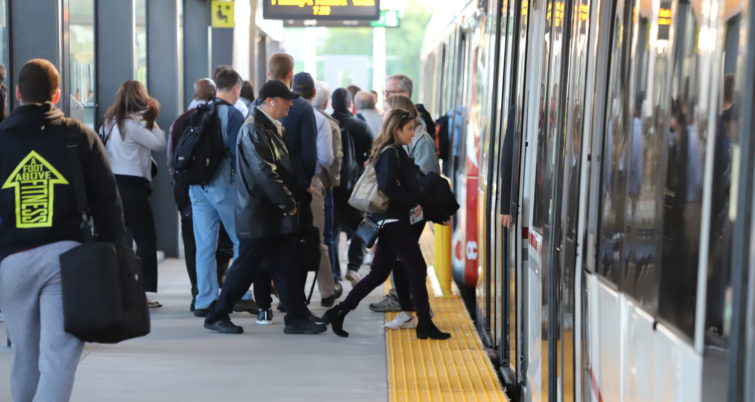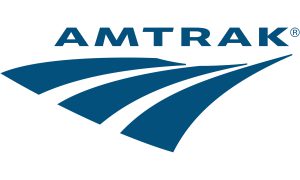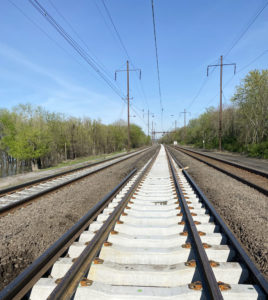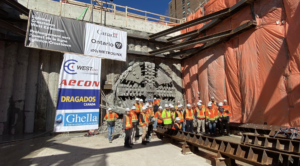Ottawa Transit Commission Addresses January OC Transpo Line 1 Service Disruption
Written by Kyra Senese, Managing Editor
The Ottawa City Council’s Transit Commission on Feb. 9 reflected on issues surrounding a five-day OC Transpo service disruption that occurred in January after an accumulation of ice during a storm posed hazards to service.
Ice began to collect along the overhead cable system that powers OC Transpo’s Confederation Line during the storm on the evening of Jan. 4, as reported by CBC.
The accumulation was most severe in a section close to the Rideau River between Hurdman and uOttawa stations, said Richard Holder, the city’s director of engineering services.
From Jan. 5 through the evening of Jan. 10, the Confederation Line remained partially blocked while workers tried to de-ice the cables and retrieve stopped vehicles, including rescue trains, CBC reported.
The LRT’s overhead catenary system is made to withstand an ice buildup of 12.5 millimeters. Holder informed the commissioners that Environment Canada recorded 4.3 millimeters of freezing rain falling over Ottawa per hour on the evening of Jan. 4.
The trains managed to continue running despite the ice accumulation up until they reached the Rideau River microclimate, where the open water allowed for increased humidity and heavier ice buildup on the overhead wires.
Significant arcing resulted from this, stopping the trains on a section of track between Lees and Hurdman stations due to sparks where the trains’ pantographs lost touch with the overhead wires.
A recovery train was sent to assist, but Holder said its slow speed made matters worse. The contact wires “basically melted,” he said.
The wires melted due to arcing that took place within a smaller section than is typically observed, he said, and the stationary vehicles in the same section led to severe overheating and the melting of the wires, CBC reported.
Two rescue vehicles eventually became stuck as well, a spokesperson for the city told CBC. On Jan. 6, teams were sent out to manually clear the ice along the Confederation Line’s middle portion, a stretch spanning more than three miles. Workers also replaced the broken cables and completed safety inspections, according to Holder.
In the future, Holder described a number of solutions that might be used to stop ice buildup from leading to a similar multi-day service failure. A working group is considering the use of antifreeze, and officials may consider purchasing diesel cars and improving equipment monitoring to better rescue stopped trains should power supply issues crop up again.
During the Feb. 9 meeting, city council members also discussed an issue with the emergency button response time due to passenger concerns reported during the incident. “It was perceived to have failed even though the operator was said to have responded within 30 seconds,” a city council member explained.
Following a review of the incident, OC Transpo has made adjustments to its training curriculum to ensure that unless there is an immediate safety need, such as pulling into a crowded station, the operator must respond to the emergency alert from riders “almost immediately.” The city council also stated that OC Transpo’s maintainer inspects the intercom daily.
The Ottawa Transit Commission’s Feb. 9 meeting agenda is available to view here. A video recording of the meeting can be viewed here.
There are 13 stops along the 7.7-mile O-Train Confederation Line, or Line 1, which runs from Blair in the east to Tunney’s Pasture in the west.





